During seasonal increases in the incidence of influenza and other viral infections, the demand for protective equipment is very high. The mask, which cannot be found in a pharmacy during the day, is made from cotton wool and gauze, paper towel, spunbond, pharmaceutical diaper for ultrasound, as well as any other available materials.
How to crochet a protective mask
When your health is at risk, the idea of knitting a mask doesn't seem so crazy, especially for those who have the necessary skills.
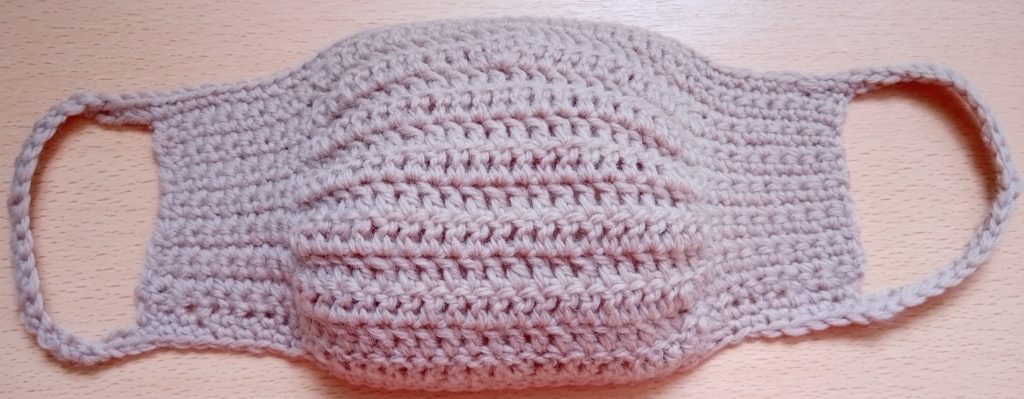
@textile-en.techinfus.com
What are its advantages
In fact, a knitted mask has quite a lot of advantages:
- It's reusable. Having made it once, you can use it for quite a long time, washing it as often as necessary, for example, before going to bed.
- As a raw material, you can choose an environmentally friendly, breathable, hygroscopic material. These can be cotton or linen threads, as well as soft wool (if it does not cause allergies).
- You can put any filter element (fabric, cellulose) inside, which can be replaced with a similar one as it gets dirty.
- This mask will keep you warm outdoors during the cold season.
By the way! If there are no contraindications, you can even use it for mini-inhalations by dropping a little eucalyptus tincture or other antiseptic onto the filter. However, you should be careful, especially with essential oils. It is advisable to consult a doctor before the procedure.
Knitting pattern and description
Having selected a hook and threads of the required thickness, you can begin to work. The pattern is simple, just know how to knit chain stitches and stitches:
- without crochet;
- double crochet
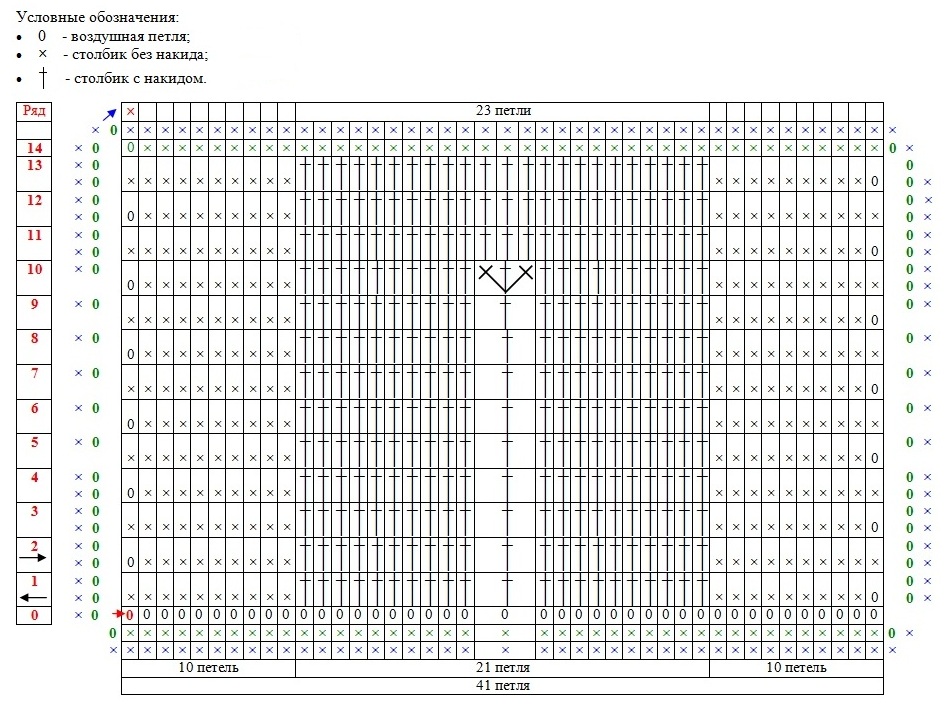
@textile-en.techinfus.com
We start knitting from the zero row. We cast on 41 loops (in the diagram the first air loop is indicated in red). The 1st row is knitted like this:
- air loop;
- 9 single crochets;
- 21 double crochets;
- 10 single crochets.
This pattern is repeated without changes from the 1st to the 9th row.
In the 10th row in the very center (21st loop or 11th double crochet) you need to knit three double crochets from one loop. This is necessary to ensure that the nose is comfortable. Next we knit according to the pattern from the 11th to the 13th row: in the center there will now be 13 double crochets.
From the 14th row we begin tying. In the diagram, the first circle is indicated by green symbols, the second by blue symbols. The end of the knitting is indicated by a red cross in the upper left corner of the pattern.
By the way! The number of loops can be adjusted depending on the width of the face and the thickness of the threads. If the mask turns out to be large, you need to reduce one or two columns on each side. If it’s the other way around, increase it.
Filter insert
It is easy to do with a wide bandage and cotton wool.You need to cut the required length of the bandage, fold it, and place several cotton pads inside. Instead of a bandage, you can use a piece of gauze. The number of layers is at your discretion.
By the way! Instead of the central circle, you can try putting a filter bag with chamomile.
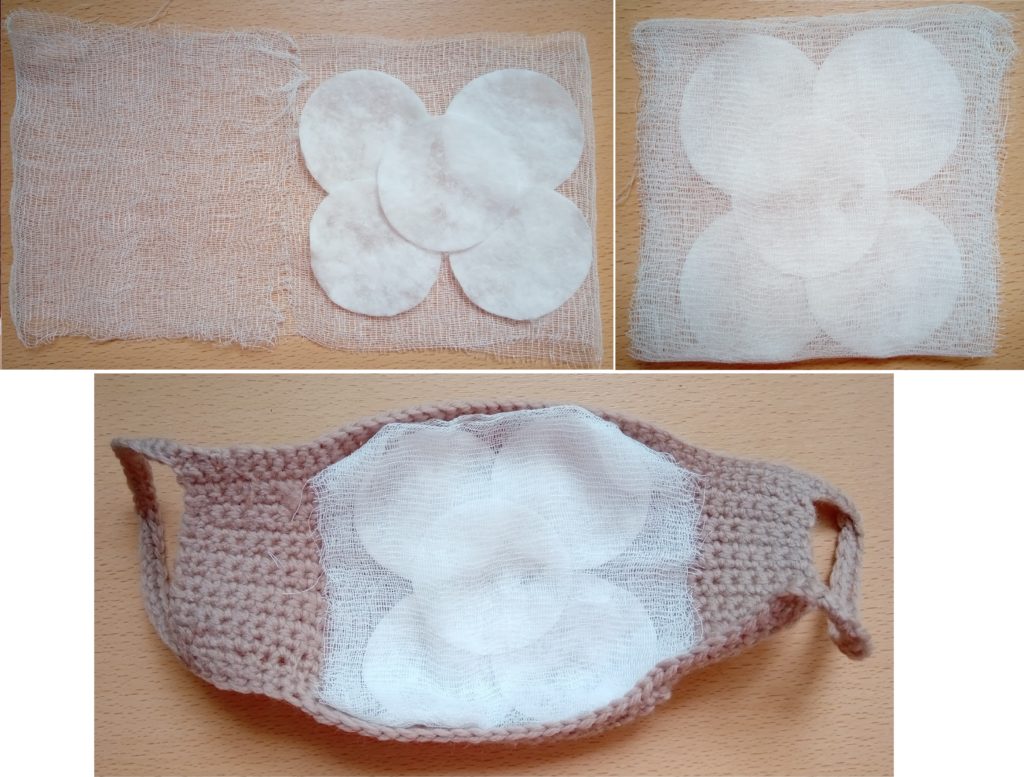
@textile-en.techinfus.com
All that remains is to insert the filter into the mask and put it on.
There are situations in life when the ability to do something with your own hands, for example knitting, comes in very handy. If you have no other materials at hand other than a hook and a ball of thread, you can use them. And what difference does it make what kind of mask you are wearing: purchased, sewn or knitted? The main thing is health, and all means are good to preserve it.


 1
1
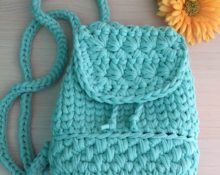

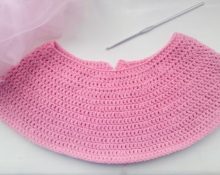
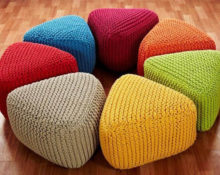
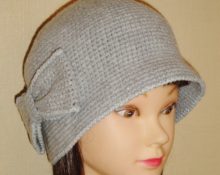

Sorry, but what you advise is very stupid, only medical masks and respirators can protect against viruses, and even then not 100%. Knitted masks will not protect even 20%, even if you insert cotton wool, napkins, etc. inside.